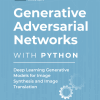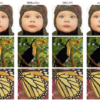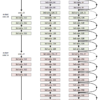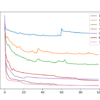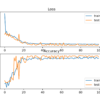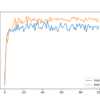Generative Adversarial Networks With Python Crash Course. Bring Generative Adversarial Networks to Your Project in 7 Days. Generative Adversarial Networks, or GANs for short, are a deep learning technique for training generative models. The study and application of GANs are only a few years old, yet the results achieved have been nothing short of remarkable. […]


